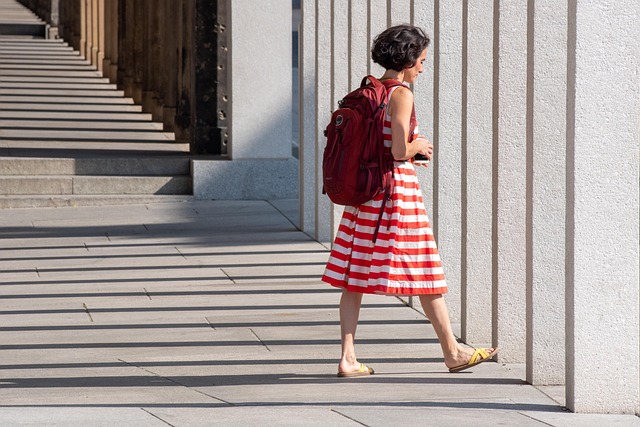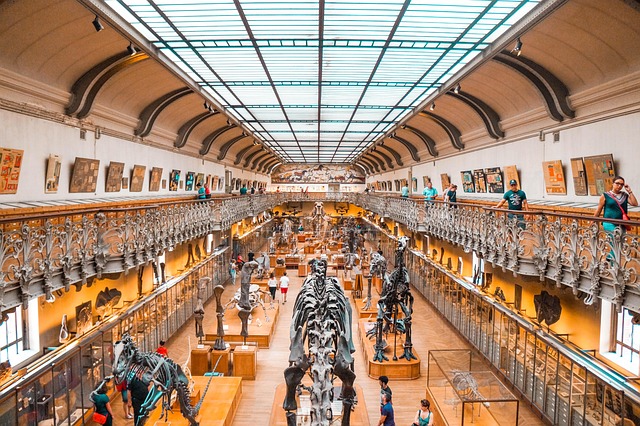As we step into a new era of fashion, the landscape of the market is shifting like never before. The dynamic relationship between consumer preferences and market trends is reshaping the way we view style, individuality, and expression. In today’s fast-paced world, being fashion-forward means more than just keeping up with the latest runway looks; it’s about understanding the underlying currents that drive the market and how they influence what we wear.
The fashion market has always been a reflection of societal changes, but now, with the rise of social media and an increasing focus on sustainability, the dialogue between brands and consumers is more crucial than ever. Shoppers are not merely passive recipients; they are active participants in the market, seeking brands that resonate with their values and lifestyle choices.
One of the most significant trends shaping the fashion market today is the growing demand for sustainable and ethical practices. Conscious consumers are pushing brands to take a closer look at their production processes, opting for materials that are environmentally friendly and ethically sourced. This shift is not just a trend; it’s a fundamental change in how we perceive fashion, and it’s dictating the trajectory of the market.
Furthermore, the digital transformation of the fashion market has paved the way for personalized shopping experiences. From curated collections to AI-driven recommendations, technology is redefining how we discover and engage with fashion. As brands leverage data to understand consumer preferences, shoppers find themselves in a marketplace that feels more tailored to their individual tastes. This personalization creates a sense of connection and investment, fostering brand loyalty in an ever-evolving market landscape.
In addition to sustainability and technology, the influence of global cultures is another vital aspect of navigating today’s fashion market. The mix of styles, colors, and patterns from different regions is enriching the fashion narrative, encouraging designers to experiment and consumers to embrace a more diverse wardrobe. This cultural fusion not only enhances creativity but also promotes inclusivity, making fashion a universal language that transcends borders.
As we look toward the future, understanding the rhythm of the market will be essential for anyone passionate about fashion. Each trend tells a story, reflecting the desires and values of society at large. By remaining attentive to these changes, we empower ourselves to make informed choices about what we wear and how we express ourselves through style.
Embracing the synergy between fashion and the market can lead to a richer, more meaningful wardrobe. So, as we navigate these evolving trends, let’s consider not just what’s in fashion but also the impact our choices have on the world around us.




